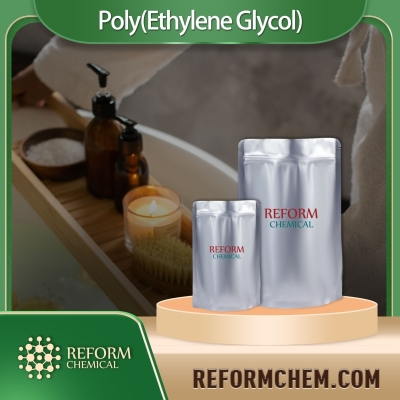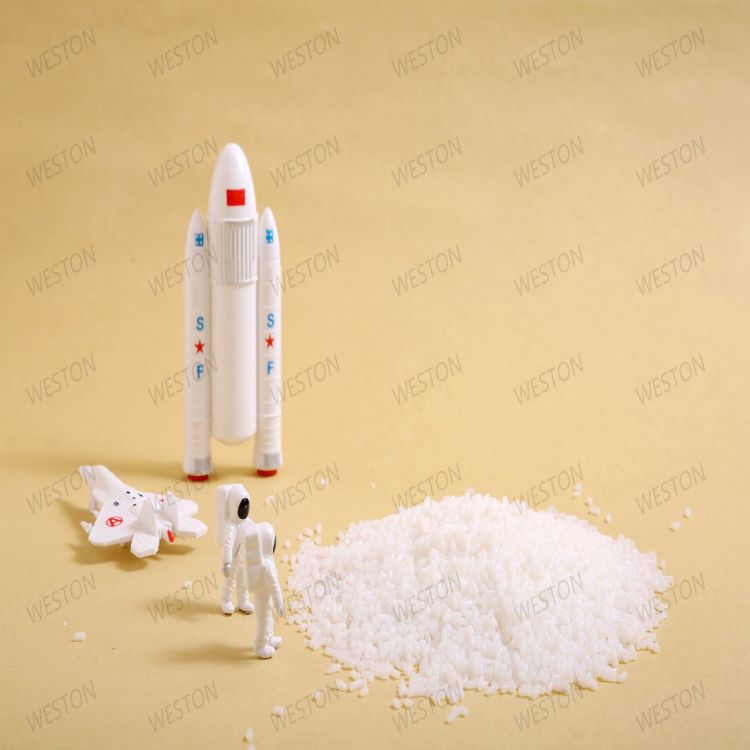-
Categories
-
Pharmaceutical Intermediates
-
Active Pharmaceutical Ingredients
-
Food Additives
- Industrial Coatings
- Agrochemicals
- Dyes and Pigments
- Surfactant
- Flavors and Fragrances
- Chemical Reagents
- Catalyst and Auxiliary
- Natural Products
- Inorganic Chemistry
-
Organic Chemistry
-
Biochemical Engineering
- Analytical Chemistry
-
Cosmetic Ingredient
- Water Treatment Chemical
-
Pharmaceutical Intermediates
Promotion
ECHEMI Mall
Wholesale
Weekly Price
Exhibition
News
-
Trade Service
5.
1.
4.
2 Determination
There have been a large number of reports on the detection methods of β-lactam drug residues, mainly including microbial detection methods, immunodetection methods, chromatography and color-mass spectrometry methods, and chromatography methods mainly include liquid chromatography (LC), gas chromatography ( GC) and Thin Layer Chromatography (TLC) and so on
.
The advantages of the immunoassay method are relatively low cost, easy to use, convenient to carry, suitable for on-site work, high selectivity and sensitivity, and have great development prospects; while the microbiological method and the physical and chemical detection method are relatively mature
(1) Microbiological method
The microbiological method is based on the principle that antibiotics can inhibit the growth of bacteria, and is a screening and detection technology that can simply and quickly determine all antibiotic residues
.
The main advantages of these traditional detection methods are that they are cheap, easy to operate, and suitable for screening a large number of samples
(2) Thin layer chromatography (TLC)
TLC is widely used in the rapid screening and detection of veterinary drug residues.
In particular, the quantitative, qualitative and high-efficiency separation materials of high-performance thin-layer chromatography (HPTLC) spot in situ scanning make up for the shortcomings of conventional TLC in terms of sensitivity and repeatability, and maintain TLC has the advantages of simplicity, speed, and large sample capacity.
Normal phase or reverse phase can be used, and the resolution is almost equivalent to that of HPLC
.
The residual ampicillin, benzyl penicillin and benzyl penicillin in animal tissues have been analyzed by TLC.
(3) Capillary electrophoresis (capillary electrophoresis, CE)
CE has the characteristics of high column efficiency, short analysis time, and wide sample range
.
However, due to the instability of electroosmotic flow, the reproducibility of CE is poor, and the injection volume is too small, resulting in low detection sensitivity
(4) Gas chromatography (gaschromatography, GC)
β-lactam drugs are highly polar, thermally unstable and difficult to volatile compounds.
When GC is used for determination, methyl ester derivatization reactions are required to increase their volatility and reduce their polarity
.
Commonly used detectors mainly include nitrogen-phosphorus detector (NPD) and mass spectrometry detector (MSD)







